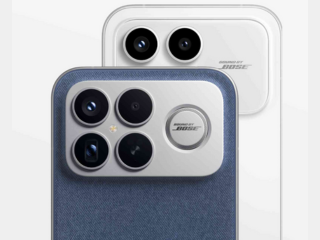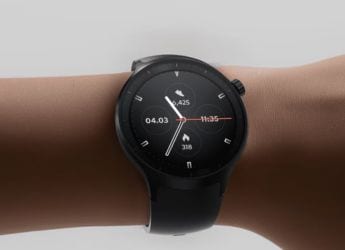- Home
- Science
- Science News
- Nasa Eyes 'Growable Habitats' to Get Humans to Mars
Nasa Eyes 'Growable Habitats' to Get Humans to Mars

Awards under phase II of the Nasa Innovative Advanced Concepts (NIAC) programme can be worth as much as $500,000 for a two-year study.
It will allow proposers to further develop concepts funded by Nasa for Phase I studies that successfully demonstrated initial feasibility and benefit.
"The NIAC programme is one of the ways Nasa engages the US scientific and engineering communities by challenging them to come up with some of the most visionary aerospace concepts," said Steve Jurczyk, associate administrator of Nasa's Space Technology Mission Directorate in Washington, DC.
This year's phase II portfolio addresses a range of leading-edge concepts, including an interplanetary habitat configured to induce deep sleep for astronauts on long-duration missions.
It also has plans for a highly efficient dual aircraft platform that may be able to stay aloft for weeks or even months at a time.
Phase II includes a method to produce "solar white" coatings for scattering sunlight and cooling fuel tanks in space down to 148 degree Celsius below zero with no energy input needed.
Nasa selected eight projects through a peer-review process that evaluated innovativeness and technical viability.
"Phase II decisions are always challenging, but we were especially challenged this year with so many successful Phase I studies applying to move forward with their cutting-edge technologies," added Jason Derleth, the NIAC program executive at Nasa headquarters.
"Whether it's tensegrity habitats in space, new ways to get humans to Mars or delicate photonic propulsion, I am thrilled to welcome these innovations and their innovators back to the programme," Derleth noted in a Nasa statement.
All projects are still in the early stages of development, most requiring 10 or more years of concept maturation and technology development before use on a Nasa mission.
Catch the latest from the Consumer Electronics Show on Gadgets 360, at our CES 2026 hub.
Related Stories
- Samsung Galaxy Unpacked 2025
- ChatGPT
- Redmi Note 14 Pro+
- iPhone 16
- Apple Vision Pro
- Oneplus 12
- OnePlus Nord CE 3 Lite 5G
- iPhone 13
- Xiaomi 14 Pro
- Oppo Find N3
- Tecno Spark Go (2023)
- Realme V30
- Best Phones Under 25000
- Samsung Galaxy S24 Series
- Cryptocurrency
- iQoo 12
- Samsung Galaxy S24 Ultra
- Giottus
- Samsung Galaxy Z Flip 5
- Apple 'Scary Fast'
- Housefull 5
- GoPro Hero 12 Black Review
- Invincible Season 2
- JioGlass
- HD Ready TV
- Laptop Under 50000
- Smartwatch Under 10000
- Latest Mobile Phones
- Compare Phones
- Tecno Spark Go 3
- iQOO Z11 Turbo
- OPPO A6c
- Samsung Galaxy A07 5G
- Vivo Y500i
- OnePlus Turbo 6V
- OnePlus Turbo 6
- Itel Zeno 20 Max
- Lenovo Yoga Slim 7x (2025)
- Lenovo Yoga Slim 7a
- Lenovo Idea Tab Plus
- Realme Pad 3
- Garmin Quatix 8 Pro
- NoiseFit Pro 6R
- Haier H5E Series
- Acerpure Nitro Z Series 100-inch QLED TV
- Asus ROG Ally
- Nintendo Switch Lite
- Haier 1.6 Ton 5 Star Inverter Split AC (HSU19G-MZAID5BN-INV)
- Haier 1.6 Ton 5 Star Inverter Split AC (HSU19G-MZAIM5BN-INV)

















